1817 Governor Lachlan Macquarie recommended to the Colonial Office in distant England the use of the name ‘Australia’ instead of New Holland for the continent. Much of Australia still bears the imprint of Lachlan Macquarie, a humanitarian and visionary. In Latin ‘australis’ means southern, and from the second century there were legends of an “unknown southern land” (terra australis incognita).
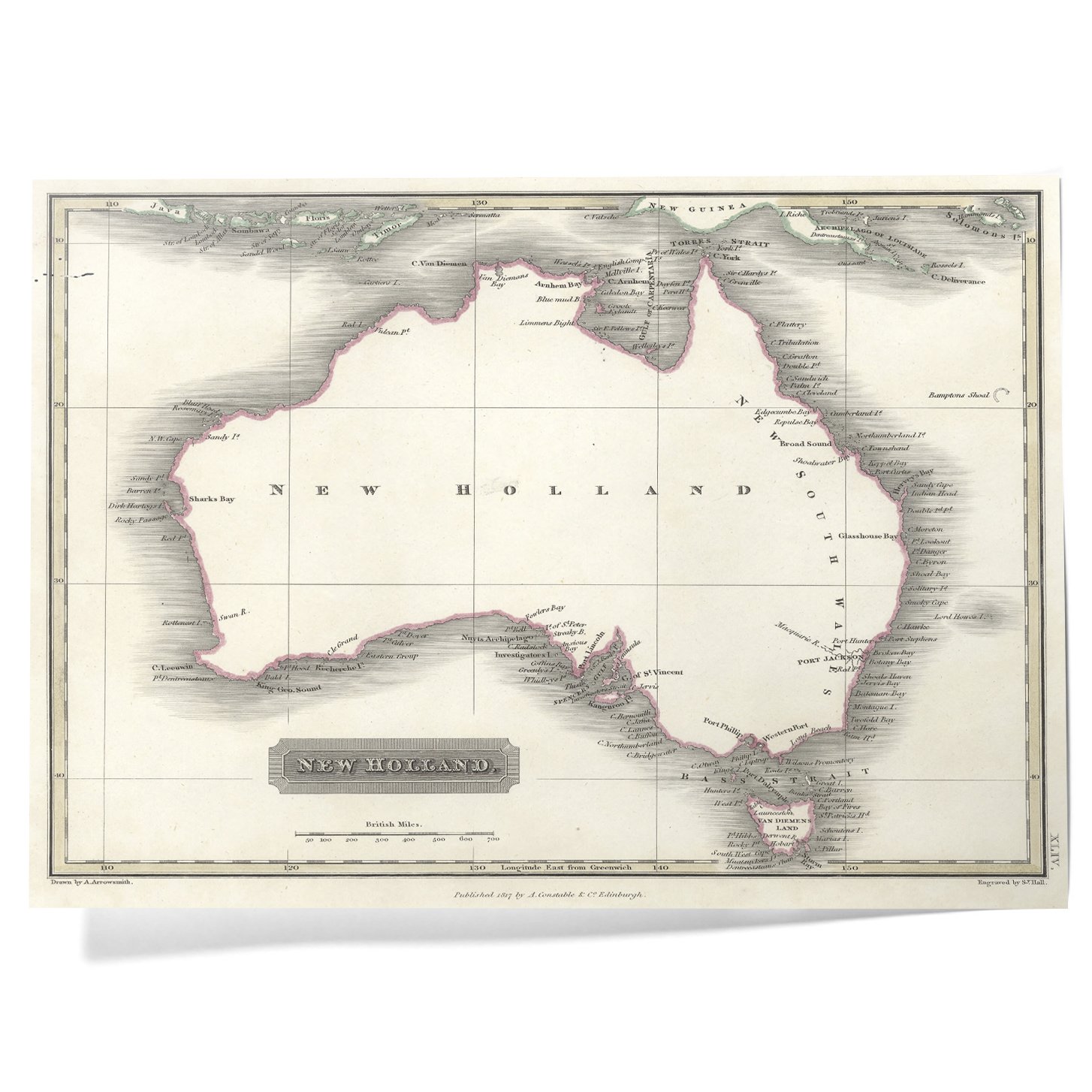
1844 The Rochdale Pioneers began business at a cooperative in England, starting the Cooperative movement. The principals included: Open membership, democratic control (one person, one vote), distribution of surplus in proportion to trade, payment of limited interest on capital, political and religious neutrality, cash trading (no credit extended), and promotion of education.
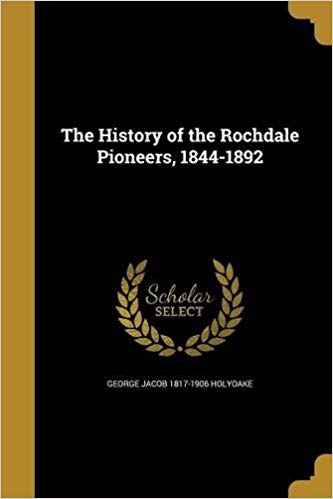
1898 French scientists Pierre and Marie Curie discovered radium. It made them famous and it killed them. She was the first woman in Europe to earn a PhD. They coined the term ‘radioactivity.’
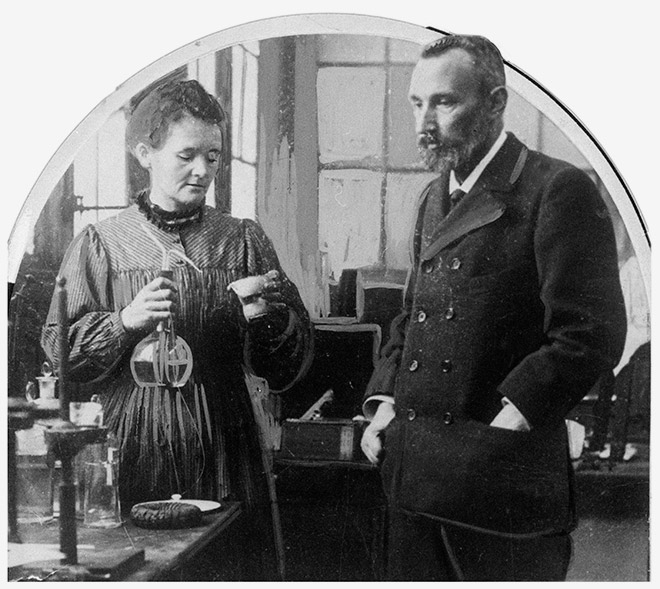
1913 First crossword puzzle (with 32 clues) was printed in New York World. It was created by Arthur Wynne, a Liverpool journalist. We have done a few of these.
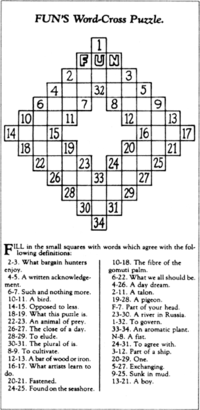
1933 Fox Films signed Shirley Temple at five-years of age to a studio contract. By that time she had been in films for two years. She retired from Tinsel Town at twenty-two and had a career in business and then another in diplomacy.

‘Murder at Wrigley Field’ (1997) by Troy Soos
GoodReads meta-data is 304 pages, rated 3.79 by 309 litizens.
Genre: krimi
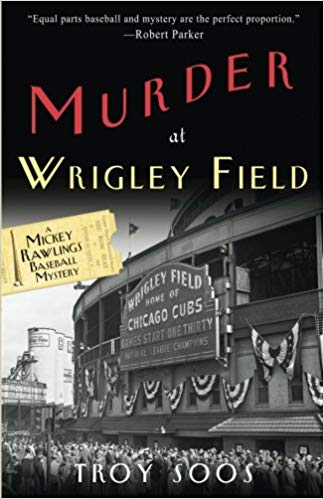
Verdict: George Will would approve.
It is July 1917 and since April the United States has thrown itself into the War to End all Wars. Ten thousand men — doughboys — a day were entering the Western Front. By November 1918 more than four million American men were under arms. Behind them was an unprecedented mobilisation in industry, agriculture, railroads, and shipping. Women joined the work force and blacks moved north to work in war industries. The great Muscle Shoals development began (and it later morphed into the Tennessee Valley Authority). And there was more.
Part of the more was a patriotic anti-Germanism that made it dangerous to be called Schmidt, Eisenhower, Kresbach, Diffenbaker, or anything else that some fool might think was German. Lutheran churches were burned by self-appointed patriots and police had blind eyes. Cities like Baltimore that had more Germans than anything else were patrolled by the army. Even H. L. Mecken had to adopt a low(er) profile. Newspapers were censored. Labour leaders who criticised exploitative armaments manufacturers were imprisoned without trial. Hysteria was in the air along with kerosene. Kayser rolls were off the menu.
Our hero, Chicago Cubs second baseman, Mickey Rawlings lives on double plays, drag bunts, run and hits, choke-ups, tag-ups, inside slides, pick-offs, stolen bases, balks, sac flies, inside the park homers, and barely notices any of this until…….! Then his infield teammate and double play partner, shortstop, Ed Kaiser is murdered. For a time it seems he was killed because of that name, and that seemed plausible in the time and place, but no, there was more to it.
The more emerges as Mickey, reluctantly, becomes involved in the labyrinth of wartime Chicago between home games and road trips. It starts when he delivers condolences to Kaiser’s family and begins to realise how pervasive and pernicious the anti-German feeling is. One thing leads to another and he is warned off, which, per the conventions of the genre, stimulates his competitive desire to find out more.
Profiteers, opportunists, corrupt officials, naive churchmen, jaded journalists, vigilantes, plank thick coppers, all put in an appearance. Though Charles Wrigley’s name is much mentioned, he never appears on the page.
 Physics teacher Soos.
Physics teacher Soos.
This entry is the third in a series of kimis set in the world of baseball. There are a couple of these series and I have been curious but reluctant to try them I did sample another one a long time ago that started in Fenway Park and lapsed almost immediately in cliché so that I did not get past chapter two. This one has more life in it, and just enough baseball to offer background. Mickey mixes with many historic figures of the era like Shoeless Joe Jackson, who forgot his spikes once and never lived it down, Burleigh Grimes, Fred Merkle, and their ilk.
20 December has no secrets
69 General Vespasian became Roman emperor for a decade. He was the last in the year of four emperors. His rule was one of those rare occasions when a military government led to stability and order without resorting to the sword. He founded the Flavian dynasty which ruled for another two decades. The Colosseum was one of his many building projects. Still there. Still an attraction.
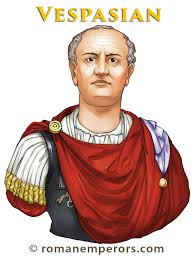
1699 Tsar Big Pete changed calendar to coincide with Western Europe, making the new year on 1 January and not 1 September. The Orthodox Church rebelled because it changed saints days (and the birthdays associated with them.) Later the Bolsheviks had trouble with days and dates, too. A superb biography of Great Peter is discussed elsewhere on this blog.
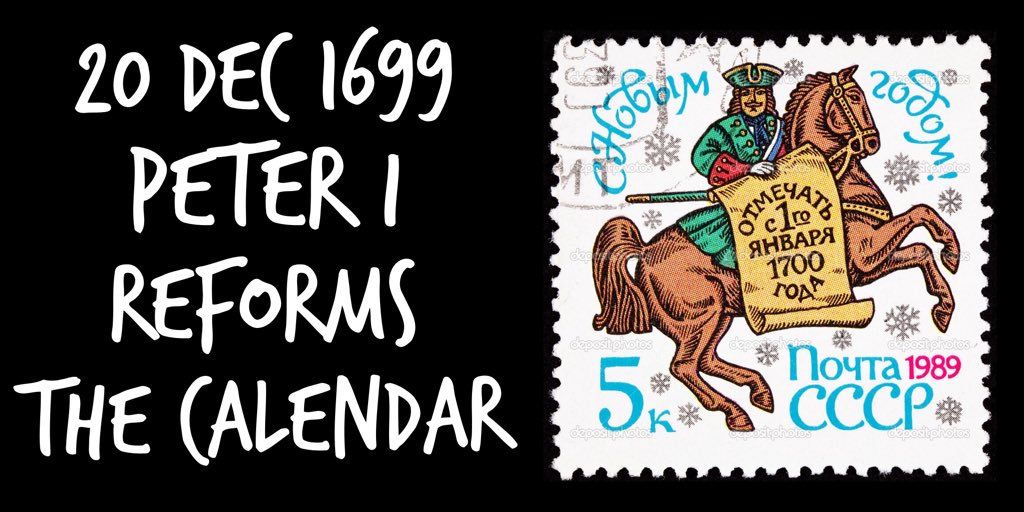
1820 To encourage men to marry and produce children to increase the population and to enhance its claims to statehood Missouri introduced a bachelor tax of $1 a year. It applied to only to men.
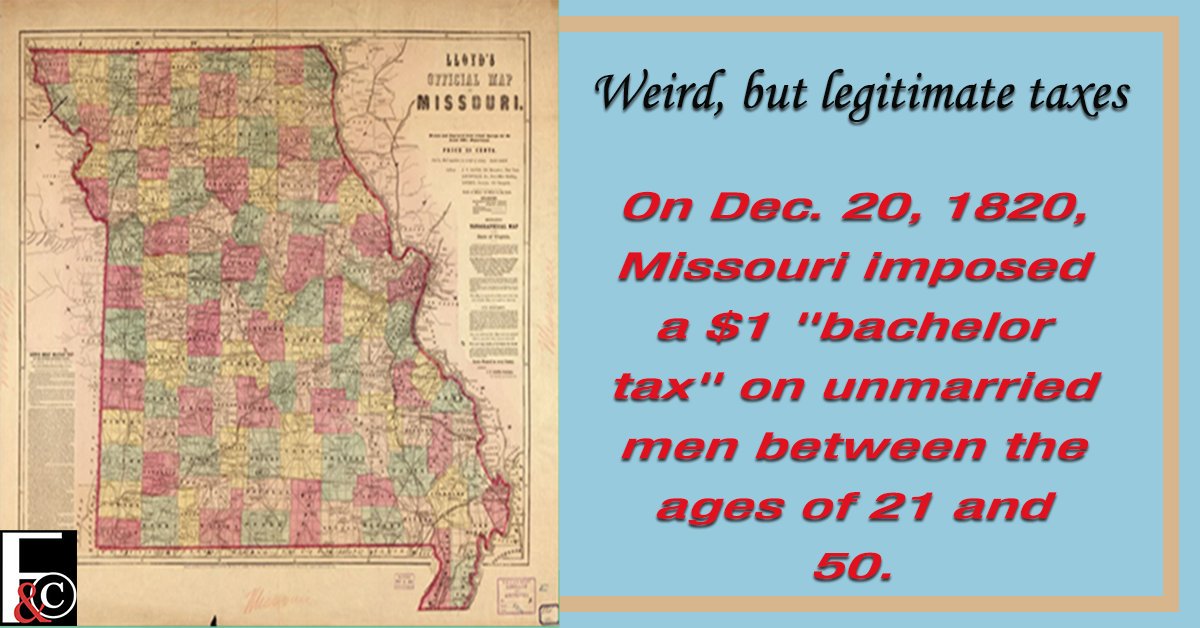
1860 South Carolina seceded from the Union even before Abraham Lincoln was declared the winner of the election by the Electoral College. The first state to do so. It had threatened to this a number times before reaching back to the administration of Andrew Jackson. Been to Charleston to eat shrimp and grits, i.e., ‘girls raised in the South,’ we were told.
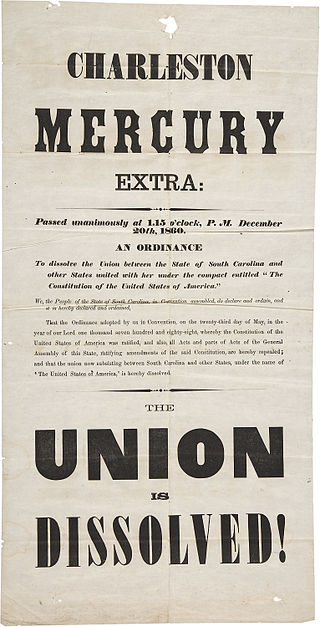
1966 Su Yu-chen, an accredited Taiwanese journalist who had covered the Tokyo Olympics and other international sporting competitions, was barred from a press conference for the Asian Games in Bangkok because she was a woman. The other 400 journalists were men, none of whom protested at her exclusion.
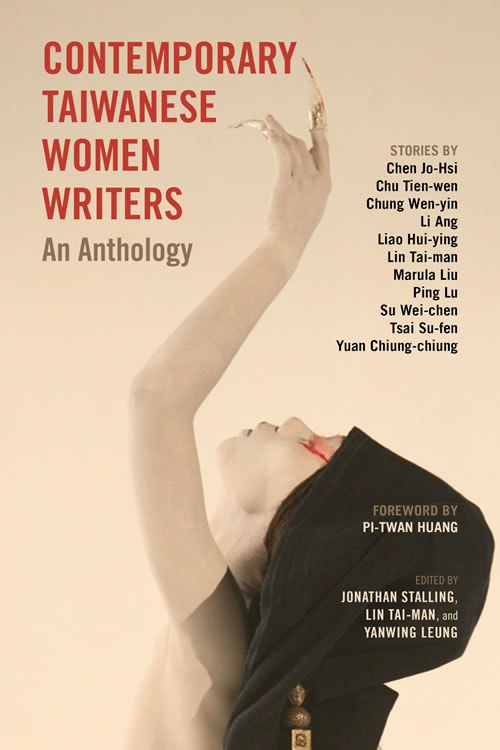
18 December
1865 The Thirteenth Amendment to the Constitution was ratified ending slavery. It had passed Congress earlier and ratification occurred when 3/4ths of the States agreed. What counted as a State in December 1865 was much vexed, as most of the Southern states were under military rule.
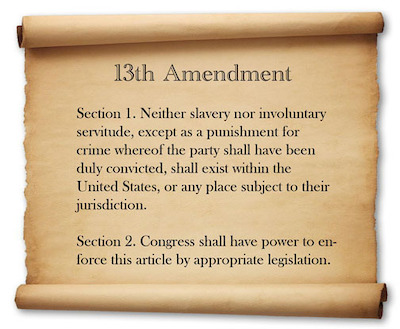
1894 Women in South Australia gained the right to vote in 1894 by a vote of the all-male South Australian parliament. Queen Victoria gave Royal Assent on 2 February 1895, allowing women to vote for the first time in the election of 1896.

1912 The discovery of Piltdown Man (Sussex) by amateur Charles Dawson was accepted as genuine at Geological Society of London for two generations although it was an amateurish prank. Only in 1953 was it denounced as a hoax.

1957 World’s first nuclear power plant began generating electricity for Pittsburgh in Pennsylvania.
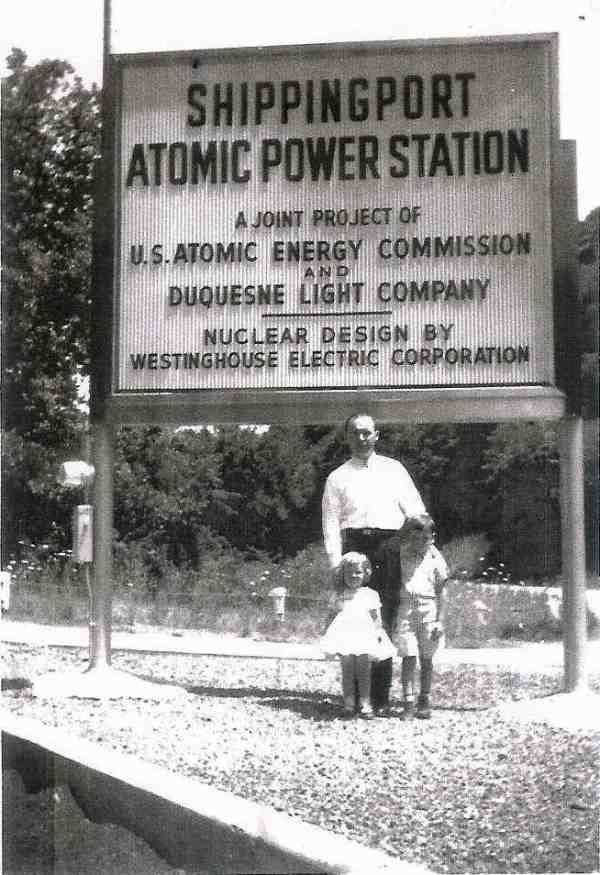
1961 EMI rejected the Beatles submission for a recording contract. A change of heart came later.

17 December dated destiny as below.
1538 The Pope Paul II excommunicated Henry VIII, leading him to champion the Protestant Reformation. Paulie thus obeyed the law of unintended consequences by stimulating Henry to break with the Papacy, rather coming to heel.
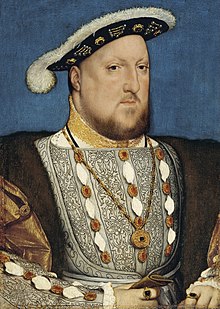
1903 Two bicycle repairmen from Ohio, Wilbur and Orville Wright took to the air at Kitty Hawk beach in North Carolina in a heavier than air, self-propelled and powered, and controlled flight.
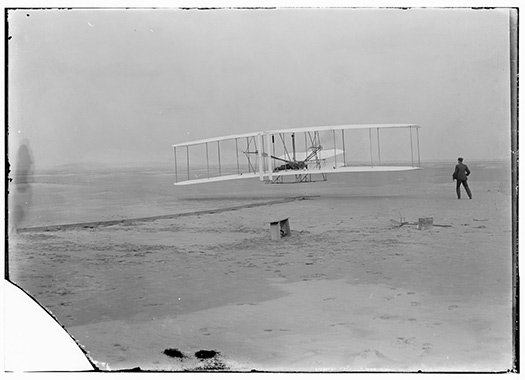
1908 Willard Libby developed radiocarbon dating in a physical chemistry laboratory. Some of the early work on this technique was done at the University of Nebraska. It uses the decay of radioactive carbon-14 (C14) to determine age in anything that was once living up to 60,000 years. It has become a tool in daily use in agriculture, archaeology, chemistry, geology, history, geophysics, and more. A dated fragment of the Dead Sea Scrolls is an example.

1967 Serving Prime Minister Harold Holt of Australia disappeared while swimming in the sea off a Victorian beach, never to reappear. Fox News says Hillary did it. Conspiracy theorists have dined out on this misfortune ever since. In addition to the ubiquitous Hillary, Chinese, Russians, socialists, CIA, aliens, Moonies, leprechauns, and Queenslanders have all been blamed. Don’t mention the sharks.
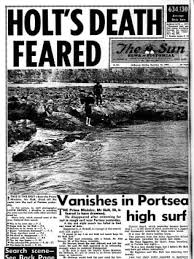
1989 The Simpsons first episode appeared on television in the USA. Tune in on a channel near you.
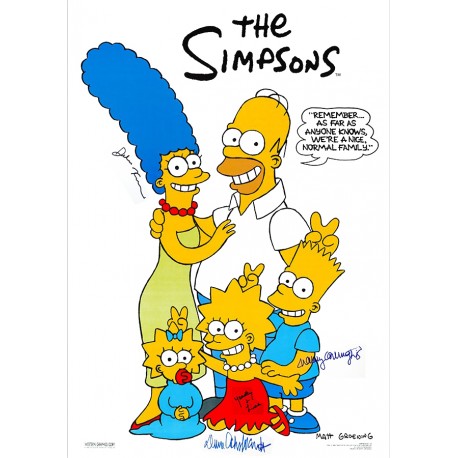
16 December has a murky past. Read all about it below.
1707 The last recorded eruption of Mount Fuji, lasting 17 days. We have seen Mt Fuji in the distance on a bullet train from Tokyo to Nagoya.

1773 Guests at the Boston Tea Party dumped 342 chests of tea into the harbour in protest of the Tea Act of 1771 introduced to prop up the East India Company by giving it a monopoly against Dutch traders who were undercutting the Company on price. The Tea Partists dressed as Mohawk Indians to shift the blame on to the innocent. Blame shifting remains a Tea Party speciality.
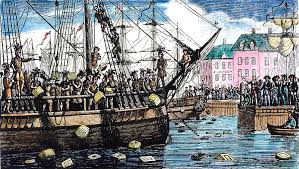
1899 Italian football club A.C. Milan founded as Milan Foot-Ball and Cricket Club by Englishmen Alfred Edwards and Herbert Kilpin. Cricket? And two English founders! Athletic Club Milan. Go figure.
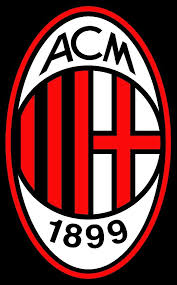
1907 President Theodore Roosevelt dispatched the Great White Fleet around the world on a two year voyage. Warships visiting ports was a well established practice at the time, but Roosevelt’s fleet, painted white to signify its peaceful intent, was enormous with sixteen battleships and 50 escort ships. Every ship was fully crewed and all nearly brand new, and of the latest design: all steel and coal-burning. The voyage was in part a training mission for the navy which had until that time concentrated on operations in coastal waters and not blue water out of sight of land. It also demonstrated American power to would be predators after the assault on Venezuela earlier by European creditors. It visited Sydney as the postcard below indicates.

1946 The House of Dior was founded with financial backing from Marcel Boussac. Still going with a revenue of more than $40 billion and about 125,000 employees in 2017.

What a day 15 December has been!
1791 D.C. The Bill of Rights was ratified by the States. The process had begun two years earlier. It includes the right to bear arms in a well-ordered militia as a substitute for a standing army. Now that there is a standing army…..it would seem to follow that there is no need for this proviso.
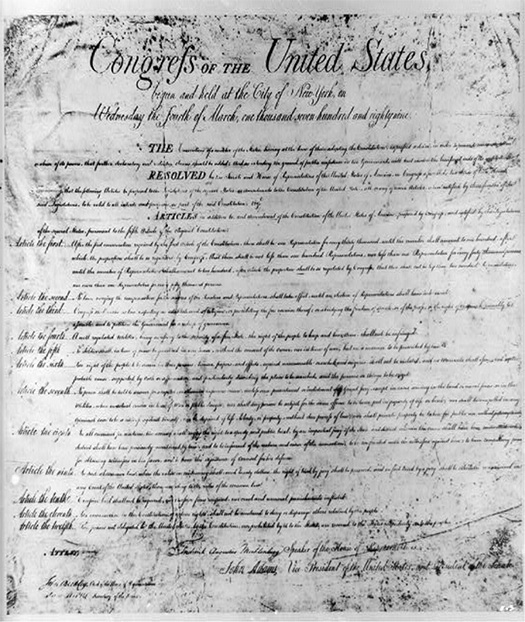
1891 Springfield, Massachusetts, an illegal immigrant Canadian James Naismith devised the game of basketball, a sport that could be played indoors and was neither too tame nor too rough. He set the founding thirteen rules.
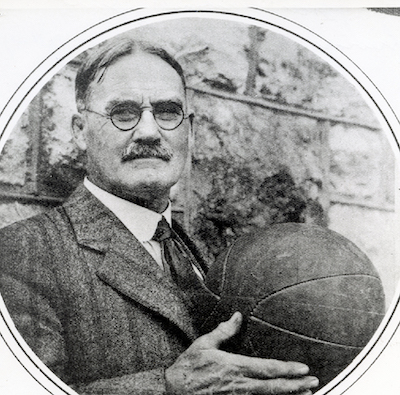
1893 NYC: Foreigner Anton Dvorak’s Symphony No. 9 in E-minor, Opus 95, “From the New World,” was performed in New York City in an open rehearsal at Carnegie Hall. The world premier was the next day.
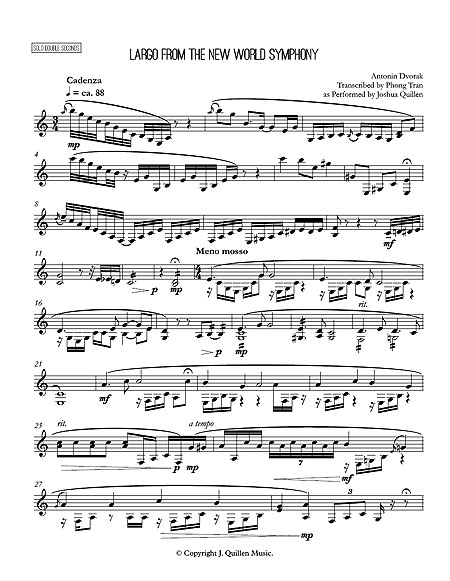
1905 St Petersburg, Russia, Pushkin House was established to preserve the cultural heritage of Alexander Pushkin, who is credited with creating Russian as literary language. We have been there.

1920 Geneva: Australia became a member of the League of Nations. Been to the League of Nations building in Geneva to read archives. Frank Morehouse’s superb novels featuring Edith followed.
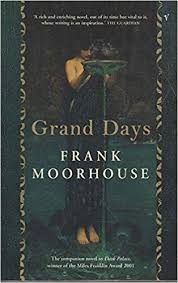
14 December has a past
1751 Vienna: Hapsburg rulers founded the first military academy in the world, the Theresian Military Academy. We might see it next year.
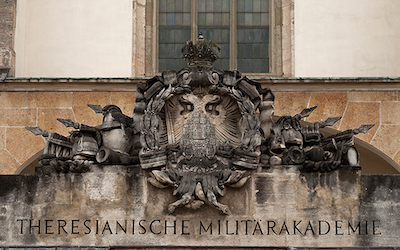
1900 At the Physics Society in Berlin Max Planck presented a theoretical derivation of his black-body radiation law which became a corner stone of quantum theory.
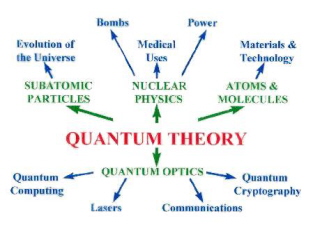
1911 Norwegian explorer Roald Amundsen became the first to reach the South Pole.
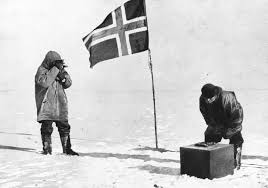
1926 Mystery writer Agatha Christie reappeared eleven days after being reported missing, with no memory of where she has been. Christie’s autobiography makes no reference to her disappearance.
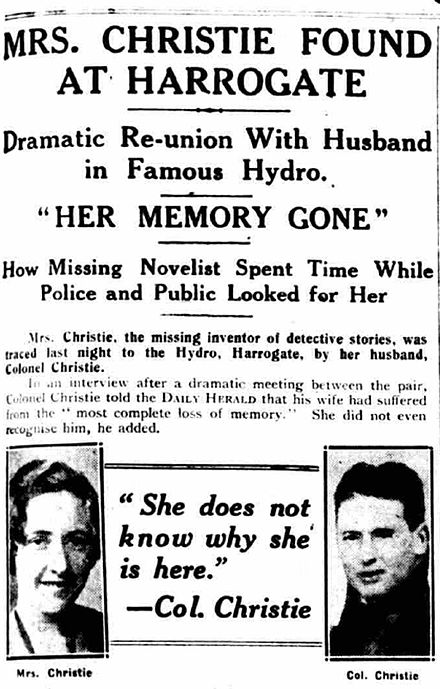
1962 For the first time an earth probe, Mariner 2, flew by Venus.
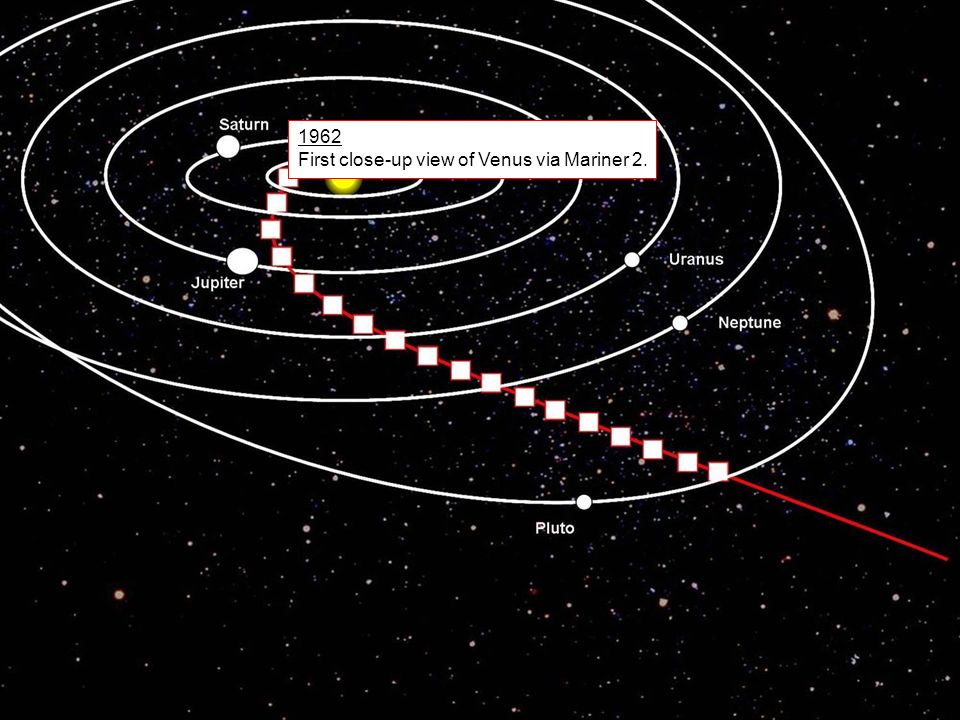
‘Crime Doctor’ (22 June 1943)
1 hour and 6 minutes, rated 6.4 by 301 cinematizens.
Genre: Krimi

Verdict: Redemption.
An amnesia victim is rescued up by Lieutenant Tragg posing as a kindly, country doctor. Tragg tries all the plays in the script to rekindle Amnesia’s memory. No go. Time passes.
Victim gets depressed and is snapped out of it by a love interest, and Tragg challenges him to make something of himself. ‘Few men have a second chance and he should take it.’ This dramatic tension is well played.
Victim transforms himself into….[drum roll], the Crime Doctor, a combination of physician and psychologist. Ten years passes while he transforms.
Then in no time he has reformed innumerable criminals. All the while a mysterious stranger is lurking about who tells Crime Doctor that he knows he a faking amnesia. He is not, but he worries about what Lurker knows that he doesn’t.
Turns our Victim (aka Crime Doctor) was a criminal mastermind who made off with a fortune, when prosperity was just around the corner, and then he lost his memory and with it the loot. Lurker with two associates want a cut, even these ten years later.
Whew! Is this plot thick, or what? There are lumps in this gravy alright.
Victim recovers his memory, singlehandedly captures Lurker and gang, finds the dosh, and surrenders himself to the authorities.
He is put on trial as a split personality. Think Clockwork Orange. He is tried for what Victim/Villain did but the man on trial is pillar of virtue Crime Doctor. Get it? What the fraternity brothers got was a headache.
He admits Victim/Villain’s guilt while claiming Crime Doctor’s innocence. Both inhabit the same body! What to do? There is some nice satire about the journalists covering the trial. On Fox News Hillary is blamed.
Find him guilty and let him go, that’s what.
It is all nicely done, though disbelief has to be suspended with Victim, the 55-year old Warner Baxter, who is ostensibly 30 at the start. Whoa. Not only does he look 55, he also looks ill. He did eight of these programers.
Crime Doctor was a multimedia hit at the time. It ran in newspapers, over the airwaves of radio, and in this and the subsequent series of films.
‘Ellery Queen’s Penthouse Mystery’ (March 1941)
1 hour and 9 minutes, rated 5.7 by 94 cinematizens.
Genre: Krimi
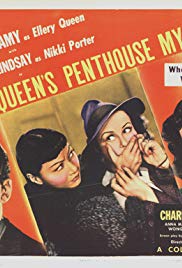
Verdict: Diverting
We open in China with a professional ventriloquist who is entrusted with a fortune in jewels to take from China to New York to raise money for Chinese war relief. But complications ensue.
The two dummies arrive in New York and the warm blooded one goes missing. Foul play is suspected by viewers. Inscrutable Anna May Wong arouses suspicion, but proclaims her innocence.
The local agent for the sale seeks the advice of Ellery Queen’s typist who brings EQ into it. There is some nice by-play between EQ and the typist who would like to be an assistant, and even a detective. EQ insists that he is writer and not a detective, and I agreed. This insistence riled the contemporary New York Times reviewer who was condescending and disdainful without a by-line. That august organ seems to specialise in reviewers who do not like movies.
Ralph Bellamy played EQ in this outing, and he does it pretty well, though the screenplay is repetitive.
